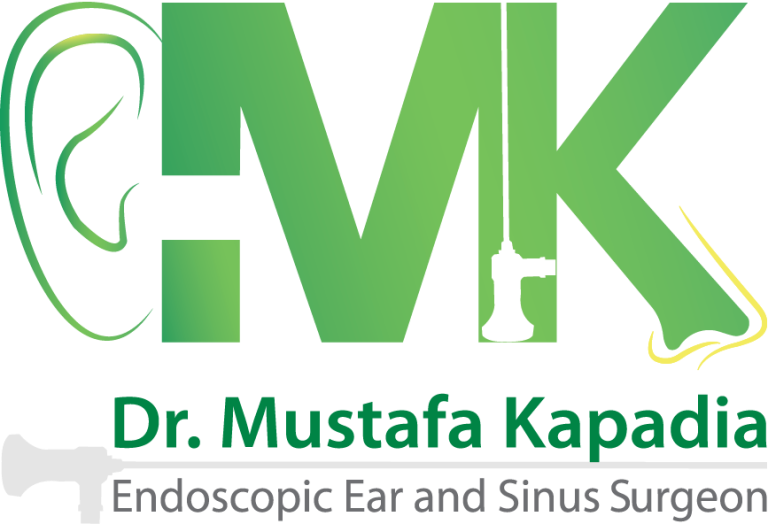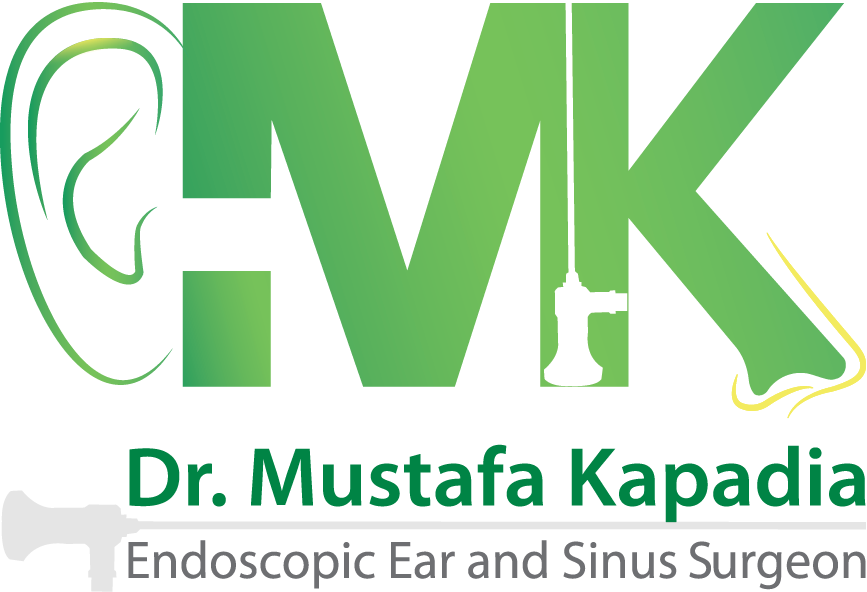Inferior Turbinate Hypertrophy
What is Inferior Turbinate Hypertrophy?
The nasal turbinates are long, thin tubes that assist in warming and moistening the air that enters the nose. The nasal conchae are another name for turbinates and can obstruct airflow if they are overly big. Turbinate hypertrophy is the medical term for this condition.Turbinate hypertrophy is most often caused by enlargement of the inferior turbinates. Turbinate hypertrophy can be treated with both over-the-counter medications and surgical treatment.
Turbinate hypertrophy makes breathing via your nose more difficult. Patients will have persistent nasal blockage, nasal discharge, mouth breathing and snoring, altered sleep and occasional headaches.
Turbinate hypertrophy is also associated with a disease known as septal deviation. Symptoms are similar in both diseases. When the line of cartilage between the nostrils is not straight, airflow is obstructed by a septal deviation. While most people do not have a completely straight nasal septum, a severely deviated or crooked septum can block the airway and cause you to feel as if you are unable to breathe.
Causes:
Hypertrophy of the turbinates can be transient or persistent. The following are some of the most prevalent causes of the condition: • chronic sinus inflammation
• environmental irritants
• seasonal allergies
Each of these diseases has the potential to expand and swell the bone or soft tissue of the turbinates. A familial history of allergic rhinitis is common in persons with turbinate hypertrophy.
Diagnosis and treatment of Inferior turbinate hypertrophy:
A comprehensive history and careful clinical examination can identify the source(s) of possible obstruction in the sino-nasal pathways. A fiber-optic nasal endoscopy will be done to look for turbinate hypertrophy and associated sinonasal disease.
Initial treatment of Inferior turbinate hypertrophy is medical with over the counter medications like antihistamines, decongestant and nasal sprays. If patients’ symptoms don’t improve with conservative management, then the patient might need surgery. There are different techniques of doing inferior turbinate reduction surgery like cautery, coblation, microdebrider, radiofrequency, laser etc. All these different techniques aim to shrink the redundant tissue beneath the mucosal surface and also in some cases to remove the conchal bone. It’s a day case surgery and patients can be discharged from the hospital after a few hours of surgery.

